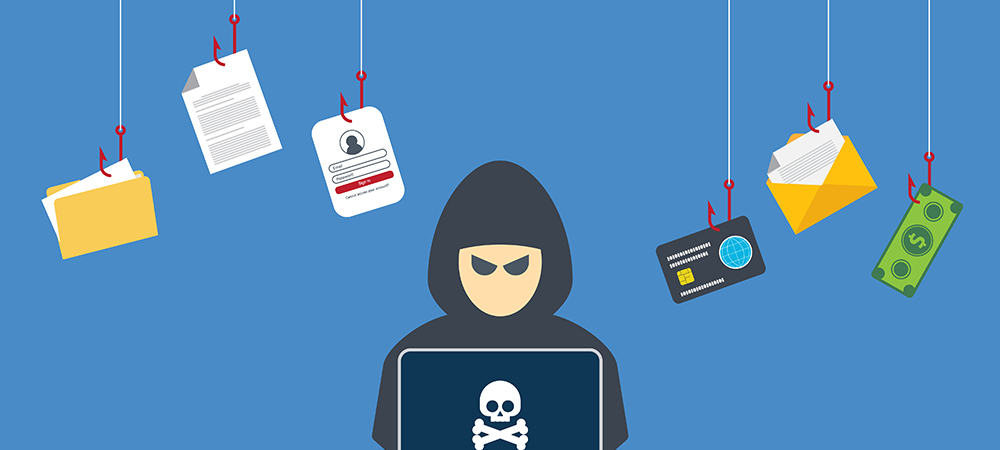LexisNexis Risk Solutions has released the latest Asia-Pacific edition of the LexisNexis True Cost of Fraud Study, which surveyed 387 risk and fraud executives in Malaysia, the Philippines, Singapore and Thailand. The study analysed fraud trends in retail, e-commerce, financial services and lending industries and spotlights key pain points related to new digital payment methods and transaction channels.
The study found the cost of fraud rose 10% to 16% across APAC from 2019 pre-pandemic levels. The LexisNexis Fraud Multiplier determined that for every US$1 lost to fraud costs the organisation an average of US$3.99, compared to US$3.50 in 2019. The cost of fraud per transaction was higher than average, costing digital banks and alternative lenders US$6.33. Other new payment channels, such as Buy Now Pay Later (BNPL) and digital wallets, cost businesses US$4.75 for every dollar lost to fraud.
Fraudsters evolved tactics in parallel with the changes in consumer behaviour brought on by the pandemic. A recent Cybercrime Report showed consumers made a significant shift to mobile transactions, which now accounts for 75% of all transaction traffic globally. While in-person transactions remain the most popular point-of-sale channel, fraud occurs more in online channels than mobile channels. Within the mobile channel, 34% of fraud occurs through mobile web browsers.
Fraudsters target alternative finance providers
Competition in the BNPL market is accelerating globally, led by local, homegrown players across markets, according to the study. BNPL providers recorded a 65% jump in new account creations, which aligns with the strong growth in remote online and mobile transactions. However, BNPL providers also account for more than one-tenth of payment losses, which is disproportionately higher than the average volume of transactions through other payment channels.
Identity verification challenges
The top contributor to fraud losses for businesses remains the inability to identify synthetic identities and verifying and authenticating identities using attributes such as phone numbers, email addresses, behavioural analysis and devices. E-commerce merchants in particular find identity verification challenging since it requires finding a balance between providing a seamless customer experience and implementing step-up authentication and security measures.
Adoption of a fraud management framework
Almost all digital banks and alternative finance providers including BNPL and digital wallets have not yet fully integrated cybersecurity and operations into fraud prevention processes. Findings also show that organisations are not widely using Artificial Intelligence (AI) and Machine Learning (ML) models for fraud detection, weakening mitigation efforts. Percentage of organisations using various capabilities to fight fraud:
- Rules-based approaches – 52%
- Crowdsourcing – 36%
- Social media intelligence – 33%
- Cybersecurity alerts – 25%
- AI/ML models – 21%
“Fraud is sophisticated and evolving exceedingly fast. We are seeing a high volume of fraud attempts following a continued shift towards digital channels spurred by the pandemic,” said Thanh Tai, Director of Fraud and Identity Strategy, LexisNexis Risk Solutions. “This means businesses must integrate a fraud detection and prevention approach with both physical and digital identity attributes to enhance customer experience, stay competitive and avoid losses.”
Click below to share this article

